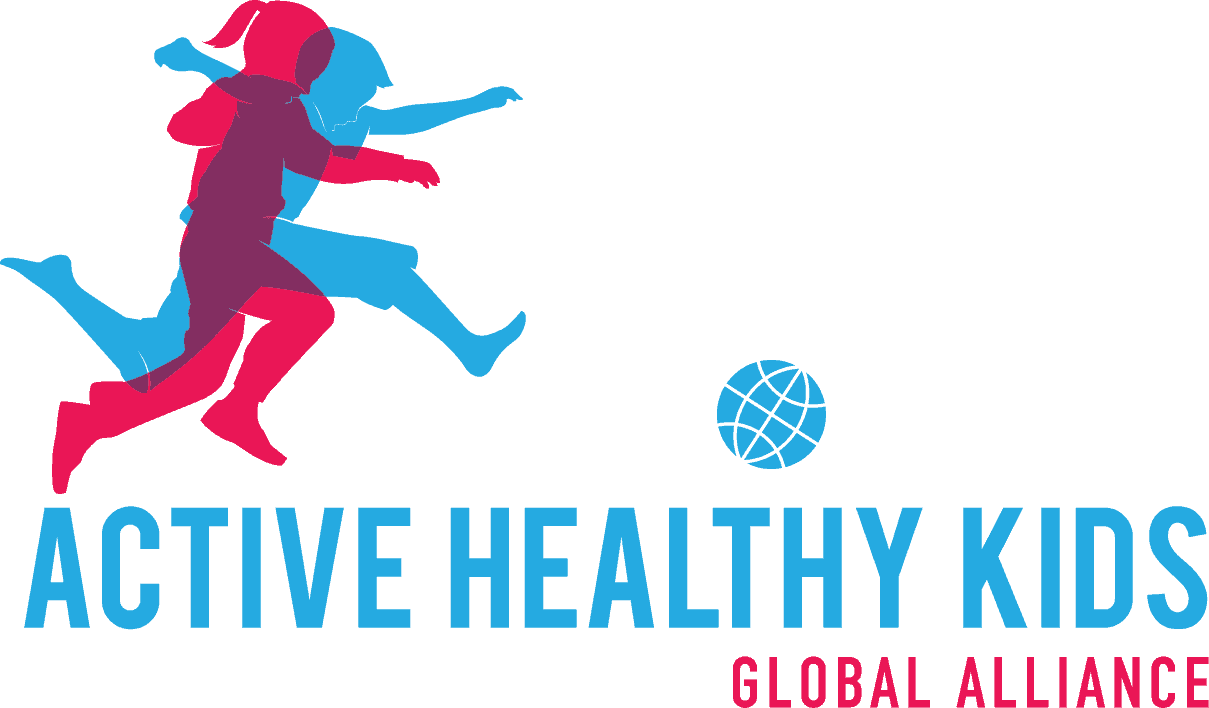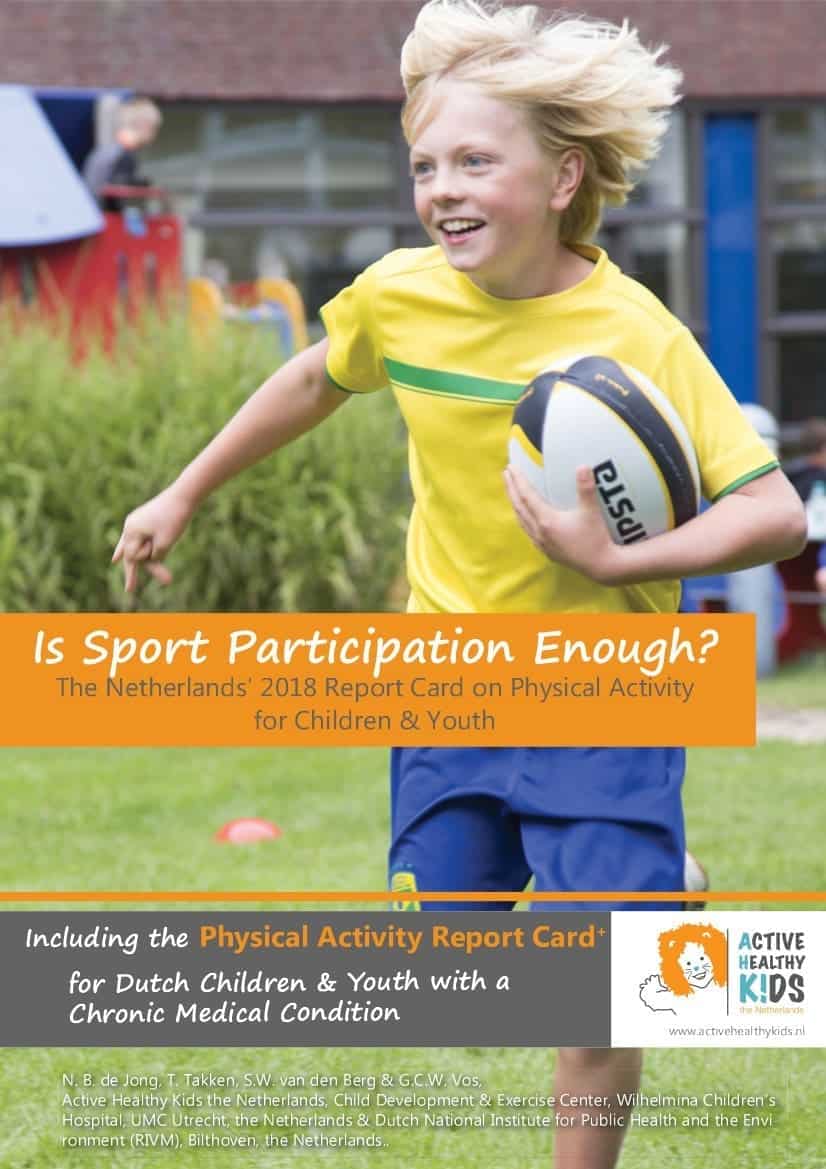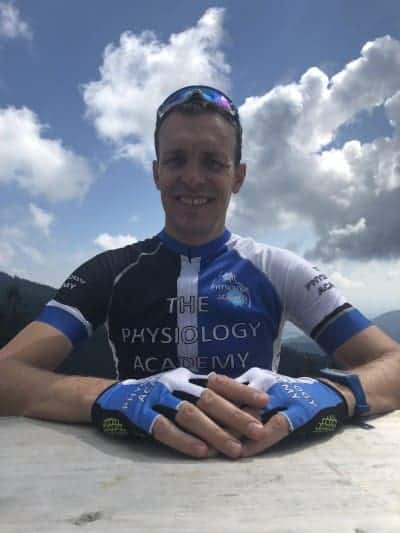Conference Abstract: Movement to Move
Results From the Netherlands’s 2018 Report Card on Physical Activity for Children and Youth
Tim Takken, Nynke de Jong, on behalf of the Dutch Physical Activity Report Card study group. Email: t.takken@umcutrecht.nl
Brief Introduction
National surveillance data in the Netherlands show that the percentage of children and youth, who meet the Dutch physical activity guidelines has decreased significantly between 2006 and 2014.
Methods
The 2018 Report Card included the 10 core physical activity indicators that are common to the Global Matrix 3.0 (Overall Physical Activity, Organized Sport Participation, Active Play, Active Transportation, Sedentary Behavior, Family and Peers, School, Community and Environment, Government, and Physical Fitness). Weight status was included as an additional indicator.
Three groups of indicators were created: Daily Behaviors (Overall Physical Activity, Organized Sport and Physical Activity Participation, Active Play, Active Transportation, and Sedentary Behaviors), Settings and Sources of Influence (Family and Peers, School, Community and Environment, and Government), and health outcomes (Weight status and Physical Fitness).
The data sources relied upon most heavily were national surveys and data from January 2016 to June 2018 was used to inform the grades.
Results
For many indicators there were self-reported data available. The grades and rationales are provided in Table 1.
Table 1. Grades and rationales for the Netherlands 2018 Report Card
| Indicator |
Grade |
Rational |
| Overall Physical Activity |
C |
National data show that 56% of children and 33% of adolescents are meeting the national physical activity recommendations.2 |
| Organized Sport Participation |
B |
National data shows that 64% of children and 77% of adolescents are participating weekly in sport.2 |
| Active Play |
B |
70% of children play actively outside more than 1 time per week.2 |
| Active Transportation |
B- |
90% of adolescents commute actively to school. 36% of children commute actively to school.2 |
| Sedentary Behaviors |
C |
41% of the children and adolescents spend more than 2 hours per day watching TV, and 44% are using other screen devices for less than 2 hours/day.2 |
| Family and Peers |
INC |
No national data are available. |
| School |
C |
56% of physical education (PE) teachers are educated PE teachers and most of the schools have a sports hall.3 |
| Community and Environment |
INC |
Good infrastructure that promotes physical activity exists (e.g., many bicycle paths, 30km/hour speed limit, playgrounds etc.) |
| Government |
INC |
Many projects to promote physical activity exist, but only a few standardized policies exist and their effects are not evaluated. |
| Physical fitness |
INC |
No national representative fitness data are available |
Conclusions / recommendations
Although Dutch children and youth frequently participate in sports, active transport and active play, most Dutch children do not meet the national guidelines for healthy physical activity and sedentary behavior.
Promoting physical activity through active transport to school and physical activity during school time might be a pathway for increasing overall physical activity in Dutch children and youth. Schools should also focus on increasing Physical Education (PE) (quality) time and appoint educated PE-teachers.
